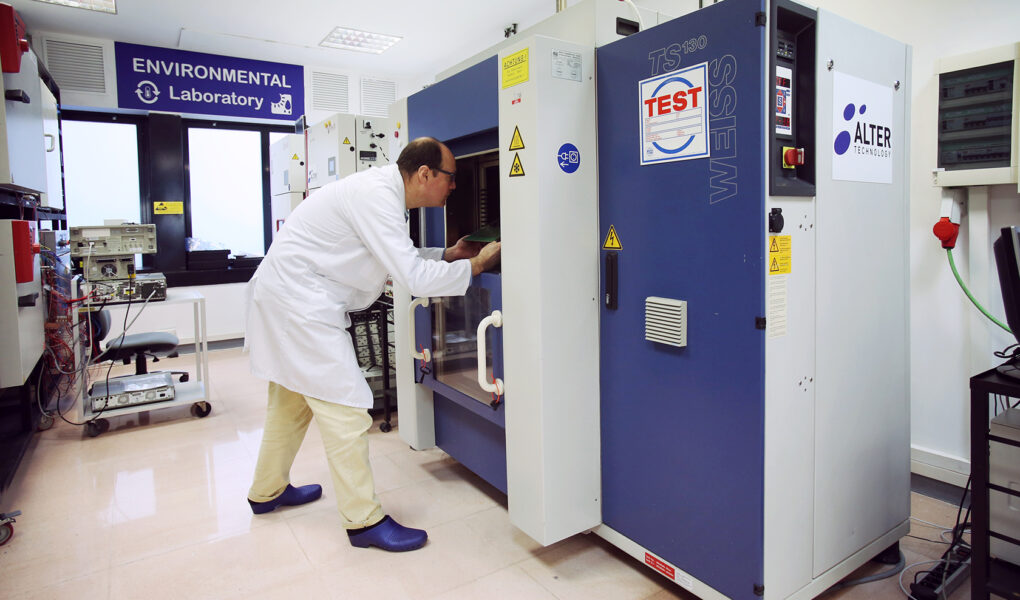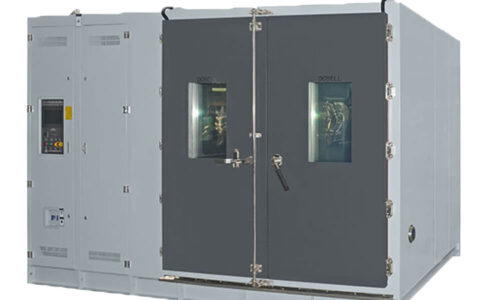In today’s world, environmental testing has become an essential part of the development process for many industries. Temperature-Humidity Chambers are one of the most important tools in environmental testing and have a wide range of applications.
This article will provide an overview of temperature-humidity chambers and explore their various uses to help you better understand how they can be used to master environmental testing.
Benefits of Utilizing Temperature-Humidity Testing
Temperature-humidity testing offers many benefits to businesses, from increasing product reliability and durability to creating safer working environments. By utilizing temperature-humidity chambers, companies can accurately measure the impact of environmental conditions on products or materials.
This helps ensure that the final product performs as expected in a variety of real-world scenarios. Using temperature-humidity testing also allows manufacturers to better prepare for unexpected changes in climate or other external factors.
With this data, they can take proactive measures such as choosing new materials or production processes that will be more resilient against potential damage due to extreme temperatures or humidity levels. Finally, by taking advantage of environmental testing with temperature-humidity chambers businesses can improve their overall safety standards by reducing the risk of accidents caused by malfunctioning equipment due to incorrect climate control settings.
Additionally, it allows them to stay up-to-date with relevant industry regulations and protect themselves from costly legal action resulting from mismanagement of hazardous materials or workplace conditions.
Types of Tests Performed Using Temperature-Humidity Chambers

Temperature-humidity chambers can be used to perform a variety of tests including accelerated aging, corrosion testing, material analysis, and more. Accelerated aging is used to measure the durability of products under extreme conditions while corrosion testing assesses a product’s resistance to environmental elements such as water or salt.
The material analysis involves examining the physical properties and chemical composition of materials to identify any weaknesses or failures that may occur due to temperature changes or humidity levels. In addition, temperature-humidity chambers are also used for biological studies by allowing scientists to simulate different environments with controlled temperatures and humidity levels so they can observe how organisms respond in various climates.
Lastly, these chambers can also be utilized for failure analysis where engineers try to identify why certain components failed during operation within extreme temperature and humidity settings. Through this type of testing, engineers gain insight into the reliability and performance capabilities of their designs when exposed to varying climate conditions which helps them improve their products before they reach customers.
Challenges with Mastering Environmental Testing
One of the greatest challenges in mastering environmental testing is understanding the different applications of temperature-humidity chambers. Although this type of testing can be used to detect a variety of conditions, from levels of moisture and air particles to temperature and pressure, such tests are difficult to carry out accurately.
The various forms that these tests take could lead to issues with accuracy, as well as difficulty controlling temperatures or humidity levels. Furthermore, any changes in these readings can also affect the results significantly, which could lead to problems when validating test results.
An additional challenge lies with being able to record all data points accurately over time; if there are discrepancies between readings taken at different times then it may not be possible for certain processes or products to meet their desired specifications without further investigation into why those differences occurred. Finally, since environmental testing typically requires specialized equipment that needs maintenance and calibration regularly, ensuring that these machines remain up-to-date and functioning correctly adds yet another layer of complexity when mastering environmental testing effectively.
Conclusion

In conclusion, Temperature-Humidity Chambers offer a wide range of applications for environmental testing, and mastering their use can be vital to ensuring the safety and quality of products in many industries. By understanding the different types available and how they interact with various conditions, businesses are better equipped to select the right chamber for their needs, whether that is assessing product performance or simulating real-world conditions.




